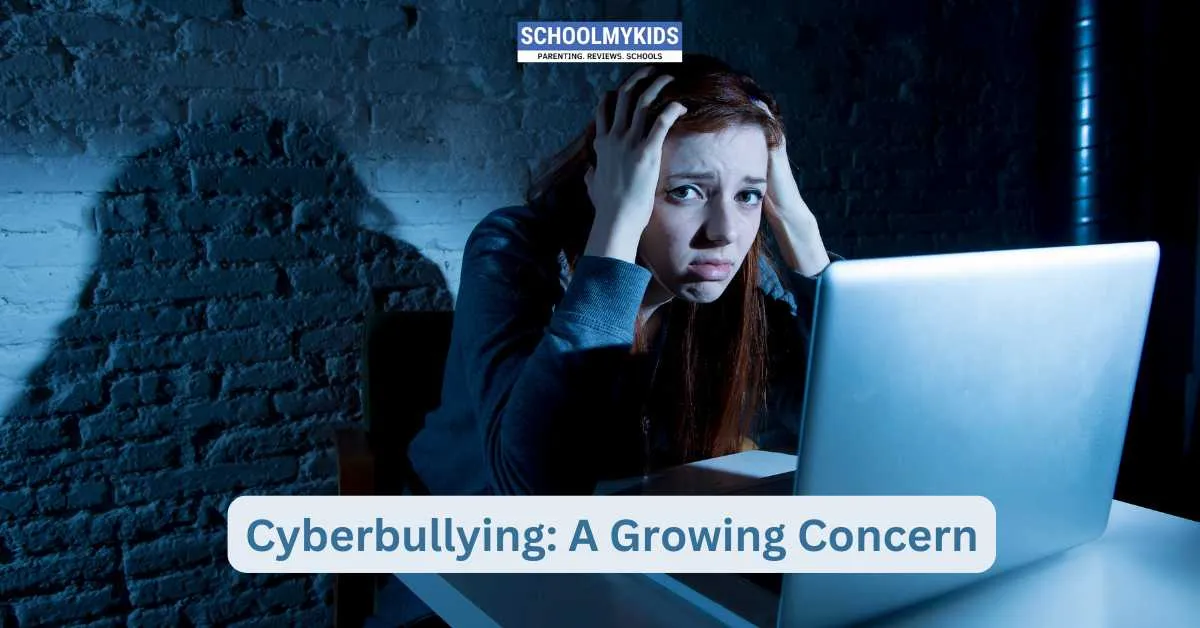In today's hyper-connected world, the digital realm has become an integral part of our daily lives. Unfortunately, this connectivity has also paved the way for a disturbing form of harassment—cyberbullying. Unlike traditional bullying, cyberbullying can occur 24/7, reaching children and adolescents even in the supposed safety of their homes. Its pervasive nature and unique characteristics make it a growing concern for parents, educators, and policymakers alike.
Understanding Cyberbullying
Cyberbullying involves the use of digital technologies—social media, messaging platforms, online forums, and more—to harass, intimidate, or harm others. While its roots are similar to traditional bullying, the online context amplifies its potential damage. The anonymity afforded by digital platforms allows bullies to operate with a sense of impunity, often leading to more aggressive and relentless behavior. Moreover, cyberbullying is not confined by geographical or temporal boundaries, making it a relentless source of distress for its victims.
Forms and Tactics of Cyberbullying
Cyberbullying manifests in various ways, and its tactics continue to evolve with advancements in technology. Some of the most common forms include:
- Harassment and Threats: Repeated, hostile messages or posts designed to intimidate or humiliate.
- Social Exclusion: Deliberately excluding someone from online groups or conversations, often leaving the victim feeling isolated.
- Spreading Rumors and Misinformation: Using digital platforms to disseminate false or harmful information, damaging a person's reputation.
- Doxxing: The malicious act of publishing private or identifying information about someone without their consent.
- Impersonation: Creating fake profiles or accounts to impersonate the victim, often with the intent to defame or blackmail.
- Cyberstalking: Repeatedly sending unwanted messages or tracking a person's online activity, instilling a persistent sense of fear.
These tactics not only mirror the aggression found in traditional bullying but also introduce new complexities that can exacerbate the victim's distress.
Prevalence and Research Insights
Recent research highlights the alarming prevalence of cyberbullying among young people. For example, surveys conducted by organizations such as the Cyberbullying Research Center have reported that between 20% to 40% of adolescents have experienced cyberbullying at some point in their lives. Studies published in reputable journals indicate that the anonymity and immediacy of digital communication contribute to the escalation and persistence of such behaviors. The data consistently points to a disturbing trend: as digital engagement increases, so does the likelihood of encountering cyberbullying.
Emotional and Psychological Impact
The effects of cyberbullying can be profound and long-lasting, impacting the emotional and psychological well-being of children and adolescents:
- Heightened Anxiety and Depression: Victims of cyberbullying often experience chronic stress, anxiety, and depression. The constant barrage of negative messages can lead to a deep-seated sense of helplessness and worthlessness.
- Low Self-Esteem: Persistent exposure to harmful content, particularly when it attacks a person's identity, can erode self-confidence and self-worth.
- Social Isolation: Cyberbullying can lead victims to withdraw from both online and offline social interactions, further intensifying feelings of loneliness and rejection.
- Academic Implications: The emotional toll of cyberbullying frequently translates into diminished academic performance. Distraction, absenteeism, and a reduced capacity for concentration are common, as the constant stress interferes with learning.
Legal and Social Implications
Given its pervasive impact, many governments and educational institutions are increasingly taking cyberbullying seriously. Several countries have introduced laws aimed at curbing digital harassment, and schools are developing comprehensive anti-cyberbullying policies. However, enforcing these measures remains challenging due to the rapid evolution of technology and the often-anonymous nature of online interactions. Socially, cyberbullying has sparked a broader conversation about digital citizenship and the responsibilities that come with online engagement.
Strategies for Prevention and Intervention
Addressing cyberbullying requires a multi-faceted approach that combines education, technology, and legal measures:
- Digital Literacy Education: Teaching children about responsible online behavior and the consequences of cyberbullying can empower them to navigate digital spaces safely. Programs that emphasize empathy, ethical behavior, and digital etiquette are essential.
- Robust Reporting Mechanisms: Online platforms must offer clear and accessible tools for reporting cyberbullying incidents. Prompt action by these platforms can help mitigate harm and hold perpetrators accountable.
- Parental Monitoring and Guidance: Parents can play a critical role by staying informed about the digital tools their children use, engaging in open discussions about online experiences, and setting clear boundaries for acceptable behavior.
- Collaboration with Educators: Schools should integrate cyberbullying awareness into their curriculum and provide support systems—such as counseling services—to help affected students.
- Legal Recourse: Strengthening and enforcing laws related to cyberbullying can serve as a deterrent. Legal measures, when appropriately applied, help protect victims and discourage potential offenders.
Guidance for Parents and Educators
Proactive involvement by parents and educators is vital in combating cyberbullying:
- Establish Open Communication: Create an environment where children feel comfortable sharing their online experiences without fear of judgment or punishment.
- Monitor Online Activity: While respecting a child's privacy, be aware of the digital platforms they use and the nature of their online interactions. Tools like parental controls and monitoring software can be useful.
- Educate About Digital Footprints: Help children understand that what they post online can have long-lasting effects on their reputation and future opportunities.
- Foster Resilience: Encourage children to develop strong self-esteem and coping skills. Equipping them with strategies to handle negative online experiences can reduce the impact of cyberbullying.
- Collaborate with Schools: Work with educators to develop and enforce policies that address cyberbullying effectively. Regular workshops and awareness campaigns can keep the community informed and vigilant.
Conclusion
Cyberbullying is a complex and growing issue that poses significant challenges in the digital age. Its ability to infiltrate every aspect of a young person’s life—from social interactions to academic performance—makes it a formidable adversary. However, by leveraging education, technology, legal frameworks, and community collaboration, we can work toward creating safer online environments for our children. Recognizing cyberbullying as not just a modern nuisance but a serious public health concern is the first step in mitigating its damaging effects and fostering a culture of respect and empathy in the digital world.









Be the first one to comment on this story.